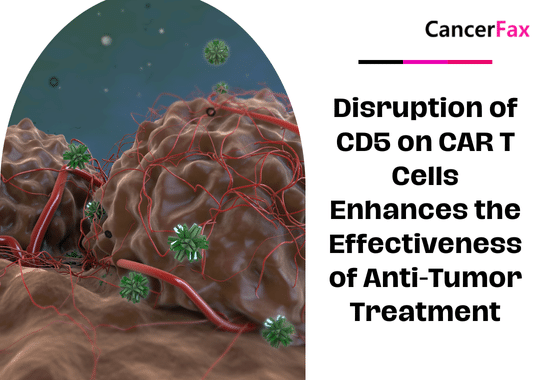Almost all cervical cancers are caused by human papillomavirus (HPV), which is called the “common cold” of sexually transmitted infections, because almost everyone with an active life personality will be infected with it. Fortunately, the immune system defeats most human papillomavirus infections, and only a small percentage of people progress to pre-cancer, eventually becoming cancer. But why can some people clear the infection if others can’t resist it?
To answer this question, Dr. Melissa M.Herbst-Kralovetz of the University of Arizona Cancer Center, an associate professor at the Phoenix Medical School at Union University, studied 100 premenopausal women and found a link between vaginal bacteria and cervical cancer. Compared with cervical cancer and precancerous patients, women with no cervical abnormalities have different vaginal bacterial communities. This difference reveals the direct relationship between “good” bacteria and cervical health. “Bad” bacteria increase the risk of cancer.
The microbial community here is a bacterial community parasitic in the human body. For example, lactic acid bacteria are related to probiotics in yogurt, but unlike probiotics in yogurt, some bacteria found here can promote the health of the vaginal environment. For example, previous research has shown that women with vaginal microbes predominantly gaseous Lactobacillus are more likely to clear HPV infection. Good bacteria can also keep their territory and prevent bad bacteria from entering. However, sometimes they will lose this battle for land.
In cervical cancer and precancerous patients, lactic acid bacteria-a beneficial bacteria-are replaced by a mixture of harmful bacteria. In the study, as the number of lactic acid bacteria decreased, cervical abnormalities became more serious. On the other hand, harmful bacteria called Sneathia are associated with pre-cancer, HPV infection and cervical cancer.
Sneathia are rod-shaped bacteria that can grow into fiber chains. They are related to other gynecological diseases, including bacterial vaginosis, miscarriage, premature delivery, HPV infection and cervical cancer. Dr. Herbst-Kralovetz ‘s research found for the first time that a large number of Sneathia populations are associated with all stages of the HPV-to-cancer continuum, from the initial HPV infection to precancerous lesions to invasive cervical cancer.
It is unclear whether Sneathia will actively promote the formation of HPV infections or cancers, or whether they are just for fun. The current study only provides snapshots of women over time. In order to establish causality, future research must be carried out over time.

